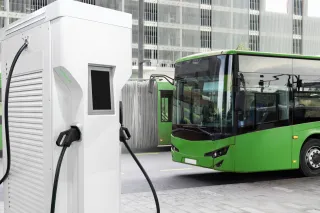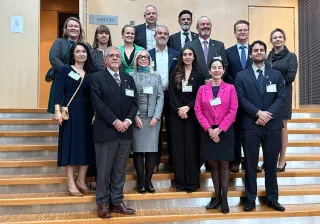Various cities have made strategies where they set goals for the achievement of a circular city. Plans are being drawn up for several circular city pilots and many such pilots are under way, including Kera in Espoo and Hiedanranta in Tampere. However, so far not a single city has actually met the criteria to be considered a circular city.
When examining the development of circular cities, we detected several shortcomings, and even inconsistencies, in the actions taken and modes of operation. In fact, even a proper definition for a “circular city” is missing.
In our opinion: “A circular city is based on closing, slowing and narrowing the resource loops as far as possible after the potential for conservation, efficiency improvements, resource sharing, servitization and virtualization has been exhausted, with remaining needs for fresh material and energy being covered as far as possible based on local production using renewable natural resources.”
We are of the opinion that a circular city should feature at least three kinds of elements:
- Concrete actions and means. This calls for the analysis of the city’s energy and material streams, and their interlinkages and boundaries. This will allow detecting the recycling opportunities of various “streams”, such as the possibilities of using various local sources of waste heat for heating buildings or processing the biowaste generated in the city into biofuel. Extensive electrification of transport would require producing the required energy from local renewable energy sources to the extent possible. Successful local solutions function as attractive examples to other cities and the whole society.
- Services and shared data produced by local operators. This requires strong cooperation within the city and between its residents, commitment and a shared vision of what the desired sustainable circular city would be like and how it could be achieved. This is very much a local decision that requires a strong support not only from operators running circular business but also from the local residents.
- Measurable goals to guarantee that the progress towards circularity can be steered and monitored. This also allows comparison of different cities and regions.
The circular economy offers new means for business activities
The shift from a linear city model to a circular city means encounters with various business, political, technical, social and knowledge-related challenges. These practical challenges largely derive from strong linear economy structures and the objective of keeping up continuous economic growth based on the proliferation of trading in new objects. In terms of politics, the mantra of continuous growth remains strong, and, socially, people are used to operating within the boundaries it provides, seeking inexpensive solutions. This often leads to single-use culture, which excludes various opportunities for a circular economy. It may also be that, technically and in terms of knowledge, we are not ready to meet the sustainability, repairability and reusability goals required by circular economy, at the level of either products or materials.
The use of circularity in cities also offers new business opportunities. By closing resource loops, we can generate new raw material streams for product manufacturing. For example, the biowaste generated in cities can be composted and used as soil on urban allotments or gasified, for example, into fuel for transport or energy purposes. Slowed-down loops would enable, for example, different repair and maintenance services, whereas narrowed loops would allow application of a sharing economy in the form of, for example, car-sharing business.
Read more on the subject in our recent scientific article: “Towards circular cities—Conceptualizing core aspects”.







